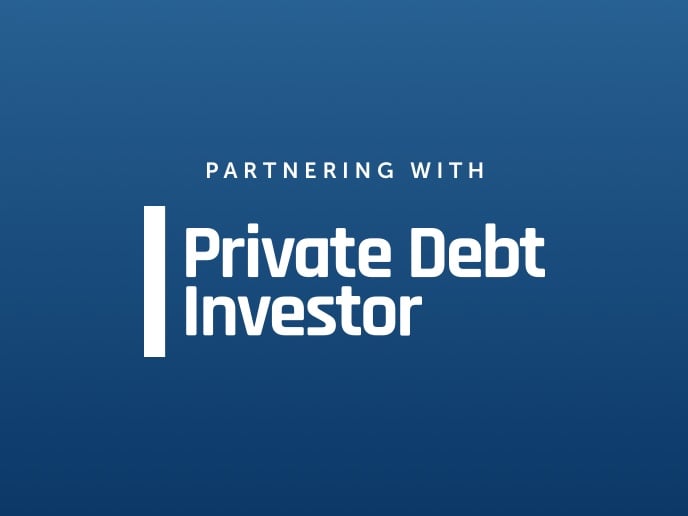Hiking Trails
In this piece from AFIRE, Dags Chen discusses the compelling case for real estate debt against a backdrop of heightened volatility and risk aversion.
Starting in 2022, the US Federal Reserve (Fed) began the most aggressive policy rate tightening schedule since the early 1980s. The rapid rise in interest rates has left few asset classes unscathed, and public equity and bond returns in 2022, as measured by a variety of benchmarks, were among the worst of the past several decades.
Observers noted that the Fed tends to “hike until something breaks”—an oversimplification that nevertheless resonated following several high-profile bank failures in March 2023. There is no definitive resolution yet to what some have framed as a slow- burning bank crisis.
Realigning Values
Just as public real estate equity and debt have been impacted by Fed policy rate hikes, private core real estate equity and fixed- rate core real estate debt are experiencing substantial asset value correction. The Gilberto-Levy Index of senior, fixed-rate core mortgage (GL-1) posted a total return of -9.0% in 2022, while the total return for the NCREIF Property Index of core property fell by -3.5%. Both annual performances were the worst in over a decade.
Historically, private real estate debt as an asset class is noted for its depth and stability of income throughout cycles. Recent events have reawakened concerns over the stability of the global financial system, and with each passing moment, it becomes clearer that uncertainty over inflation, monetary policy, and ultimately, asset valuations will take time to resolve. In the meantime, the most significant casualty of the current market environment has been liquidity. Against the backdrop of heightened uncertainty, this article will explore what makes real estate debt—floating rate debt, in particular—well-suited to the structural and cyclical dynamics associated with the current dislocation and its aftermath.





